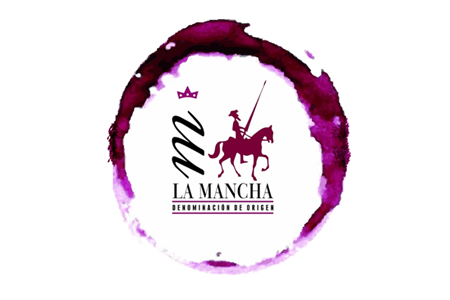

Located in the central plateau of the Iberian Peninsula, La Mancha is the largest natural region of Spain. It has an area of 30,700 square kilometres, about half of the four provinces of Albacete, Ciudad Real, Cuenca and Toledo.
This Designation of Origin or Denominación de Origen includes 182 municipalities with nearly 20,000 vine growers and 280 wineries.

La Mancha is a vast flat expanse of red sedimentary earth with limestone structure. The region is primarily a rain fed crop area.
The climate of La Mancha is continental and temperatures range from -15 ° C minimum in winter to 45 º C maximum in summer. Also characteristic is its dryness linked to low rainfall, between 300 and 400 mm per year, and the absence of damp wind. An average of 3,000 hours of sunshine annually contributes decisively to the ripening process of the grapes.

Although the first documentation on the cultivation of grapevines in the area dates from the twelfth and thirteenth centuries after the repopulation that followed the Reconquista, there are indications that the vineyards of La Mancha date back to the Roman Empire. Expansion peaked after 1940 linked to the emergence of numerous wine farms. Many of the customs, festivals and literature of La Mancha people revolve around wine.
The first official recognition of the Designation of Origin La Mancha dates from 1932, which makes it one of the eldest in Spain. The Civil War and its aftermath put the project on hold until the 60s. The regulatory council was officially established in 1976 (Ministerial Order OM. 2-VI).

Strict quality controls are in place from the very vineyard. For instance, density with low trained vines cannot exceed 1,600 plants or 10,000 kilos of fruit per hectare; when on trellis maximum limits are 3,333 plants and 13,000 kilos per hectare.
The tasting committee of the regulatory council ensures the quality of the wines of the DO. The corresponding back label provided by the regulatory council certifies that the wine is considered suitable to be marketed. The back label is different depending on the type of wine: fresh vintage, traditional, barrel aged, crianza, reserva, gran reserva or sparkling.


Copyright Bodega Soledad